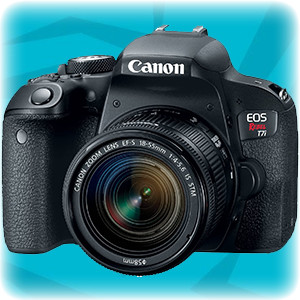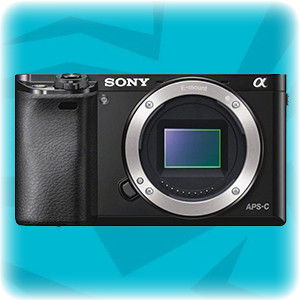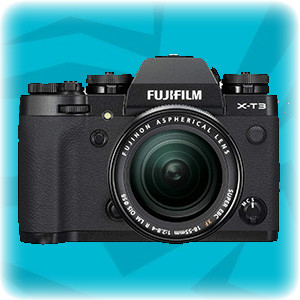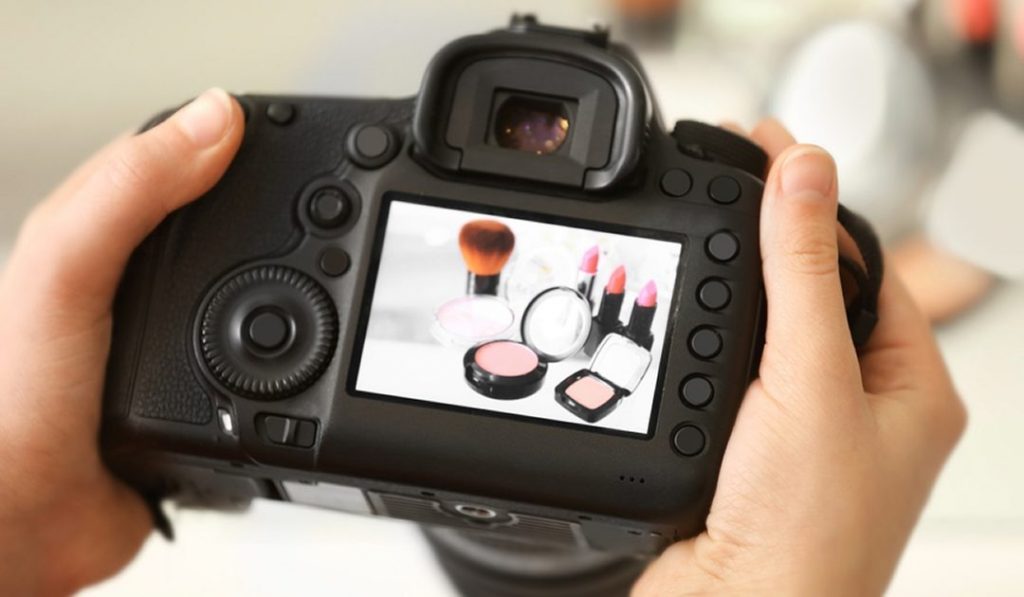
My sister in law decided to start an online store about her cosmetics brand, so she asked me to help her take photos of her products. With this offer, i had the opportunity to test all of my 23 cameras and see which one performs best. Out of all the cameras i tested, i was mostly impressed with the Fujifilm X-T3, considering it’s not a crazily expensive camera.
Product marketing is one of the booming industries lately and to be honest it has been a great gig for some professional photographers. Whether you are a photographer that has landed a product photography gig, or you are planning to photograph your products you will need a good camera that will fulfill your needs. This camera will have to bring out the best of the subject you are photographing.
To be honest, those subjects can range from just a simple coin to a building in the old part of town, it has a lot of variety. This means that you will need a workhorse that can handle heavy loads and fulfill your needs.
For that reason today I will present you with the best camera for product photography, and not just that as I will give you a handy guide to follow when buying a camera for these purposes. While your skill level, techniques, and the exact products you will photograph might alter your needs a little, overall the tips I will show you will be fool-proof and will come in handy now and in the future. Now without further ado, here are our top 5 cameras for product photography:
| Image | Product | Rating | Price |
|---|---|---|---|
|
Best Colors
 |
Fujifilm X-T3
|
10
|
Check Price On Amazon |
|
Best Photo Quality
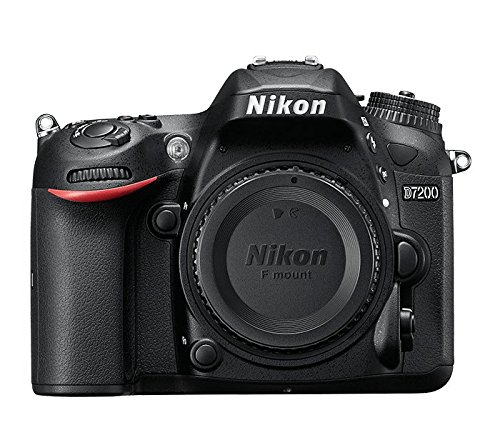 |
Nikon D7200
|
9.8
|
Check Price On Amazon |
|
Best For Videos
 |
Sony a7R III
|
9.6
|
Check Price On Amazon |
|
Best For Beginners
 |
Sony Alpha a6000
|
9.5
|
Check Price On Amazon |
|
Best For The Money
 |
Canon EOS Rebel T7i
|
9.2
|
Check Price On Amazon |
The 5 Best Cameras For Product Photography
5. Canon EOS Rebel T7i
I am going to start this list with a model that will make beginner photographers happy, the Canon EOS Rebel T7i. For product photography, this camera can hold itself off, especially when combined with a good lens. Let’s take a closer look.
The Canon EOS Rebel T7i has a 24.2MP APS-C CMOS sensor. This sensor has proven throughout the years to deliver priceless photographs, and here it is no different. It also has the Digic 7 image processor that works rather well, despite being replaced by the Digic 8 in the later models.
the autofocus performance is pretty good with Canon’s 45 cross-type points that delivered a speedy and sensitive performance down to -3EV. Also, the Dual Pixel AF worked pretty well. The ISO worked well up to the 3600 range but going higher resulted in increased noise.
4. Sony Alpha a6000
Moving on we have the Sony Alpha a6000 which might be an old model by today’s standards but delivers exceptional value for the price. I have to admit that I am a bit biased towards this camera since I have used this for a long time, and I still use it as a backup camera from time to time.
While it is a bit old it doesn’t lack in the sensor department, like the Sony Alpha a6000 rocks a 24.3MP APS-C CMOS sensor that captures detail to perfection. The image processor is the Bionz X and it has managed to deliver some beautiful photographs throughout the years.
This was one of the first cameras in the market that utilized a hybrid autofocus system, which can still deliver adequate performance even today. It has 25 contrast-detect and 179 phase-detect points that do a perfect job. The low light performance is good enough with an ISO setting that goes up to 25,600. Overall I can say that this camera delivers a superb performance, especially for product photography.
3. Sony a7R III
Coming up next I have the Sony a7R III, which is one of the best and most advanced cameras in the market, but it is a little expensive. Then again if you can afford its premium price point, you will have one of the most advanced cameras in the market, delivering you a dreamy performance.
The Sony a7R III is packed with a full-frame stacked 42MP BSI-CMOS image sensor that combines perfectly in harmony with the Bionz X image processing engine that is super fast and has low noise performance. On top of that, the dynamic range with 15-stops delivers a priceless performance at low sensitivity.
The focusing system of this camera is top of the crop. Utilizing 399 phase-detect points and 425 contrast-detect points to deliver great coverage and a speedy focusing. Taking into consideration, the ISO range that goes from 100 to 32,000 with low noise at higher settings you got yourself a beast.
2. Nikon D7200
The runner up in this category is the Nikon D7200, which is one of the best enthusiast-level cameras in the market. This camera has all the necessary features and performances to get you through any product photography gig and a lot more.
Let’s start by mentioning that this camera is equipped with a 24.2MP APS-C CMOS image sensor that has no anti-aliasing filter. This crop sensor works rather well with the Expeed 4 image processor as it delivers some detailed photographs with great color regardless of the scenario.
This enthusiast-level DSLR is packed with a contrast-detect autofocus sensor that takes aid from the phase detect sensor to deliver a fast and sensitive focusing performance. It has 51 focus points and it works perfectly with the manual focus mode. The ISO range spans from 100 to 25,600 and on higher ISO settings it has a low amount of digital noise. Combined with the battery life of 1100 shots, this camera will be your favorite.
1. Fujifilm X-T3
On top of our list, we have the Fujifilm X-T3. When it was first released this camera didn’t come as a surprise as we already expect Fuji to drop something perfect. On top of that, it is a value-rich package, coming in with an 18-55mm lens kit if you click in the link, delivering the most for your hard-earned money.
The biggest selling point of the Fujifilm X-T3 is that it comes with a brand new fourth-generation 26.1MP back-illuminated X-Trans CMOS sensor, that does wonders. On top of that this camera has the excellent X-Processor 4 as a processing engine and the homegrown X-Trans color filter array that delivers beautiful colors.
Moving on this camera has a pretty advanced autofocus system that combines the features of contrast-detect and phase-detect systems. It has 425 focus points, that work perfectly with both manual and auto modes. Combined with its low light performance that works rather well with the ISO performance that spans from 160 to 12,800 this camera is amazing.
You Might Also Be Interested In:
- Best Outdoor Photography Cameras
- Best DSLR Cameras Under 300 Dollars
- Best Canon Cameras (Mirrorless & DSLR)
- Best Real Estate Photography Cameras
Things to Know Before Buying a Camera for Product Photography
Product Photography is a niche on its own. Product photography is something which requires a lot of effort and you need to be careful while taking pictures. That’s why, you need to look for a camera with many features, such as image stabilization, image quality, good shutter speed and more.
Finding a good camera for product photography is a lot of trial and error, but once you get it right, you will be set for a very long time. For proper product photography, you need to look at all the camera features, and choose whether you need a dslr camera or a mirrorless camera.
Like everything out there, a product photographer should know a thing or two before buying. I do not advise going eyes closed and getting the first thing you see or the most expensive model. Following through this I will help you to make a better and more informed decision.
Type
As you already know there are different types of cameras in the market, ranging from DSLR cameras to mirrorless cameras, to action cameras, even point and shoot cameras.
For product photography, not just any camera will do and you will need to choose the correct type of camera. I will admit that you can get through with a compact camera if you are shooting just for eBay or Amazon.
However, on the other hand, if you have different products and different platforms you will post the photographs on, I will suggest you interchangeable lens cameras. Like I said for eBay product photography maybe you won’t need a lot of versatility and a compact or bridge camera will do wonders. On the other side of the bridge if you are serious about this a DSLR or a mirrorless interchangeable lens camera will do wonders since you will be able to switch between lenses and complete the task without much hassle, and of course, the image quality will be much higher.
Controls
Every camera, even your smartphone features Auto modes, that will take good photos. But like I said if you are serious about this you will need something that will allow you to tweak and configure the settings you get the best image. Professional photographs never use Auto modes, they select the settings regarding the shooting conditions, the subject, and their style. And if you will face a lot of subjects or products during your work hours, then I suggest you get a camera that will give you the amount of creative freedom so you can get the best face of your products.
This is also a thing that concerns many beginner photographers since they feel a little intimidated by the number of controls the camera has. To be honest, when I first started I didn’t know what everything did, but with a bit of curiosity and experimentation, I got the hang of things. There are also a lot of tutorials on the internet and some handy guides on YouTube showing you what each setting does. Don’t be scared they are your friends.
Sensor
The sensor is always one of the biggest factors that determine the quality of your image. If the camera has a small sensor with not a decent amount of megapixels the photographs won’t come out as good as you would have hoped for. To be safe, for this kind of photography I recommend cameras with a high megapixel count to capture the biggest amount of detail. Of course like always full-frame sensors are preferred but crop sensors are also excellent.
I have to mention that these days you don’t need to spend a lot of money to get a camera with a high pixel count. While you will have to spend significantly more for a full-frame sensor if your budget is limited no worries, a crop sensor with a high pixel count will do just fine.
Low Light Performance
While most product photographing scenarios will be done in a studio setting where there is enough lighting for perfect photography. You have to keep in mind the times where you will need to shoot your products is not the optimal scenarios. When there are no studio lights you will need a camera with good low light performance.
You can guess the low light performance of a camera by looking at its sensor. The bigger the sensor the better its low light performance. Right along with that, you can check the ISO settings of a camera to determine if it will deliver an adequate performance at low light conditions. The higher the ISO settings the more sensitive the lens is to the light. Ideally, a camera will deliver a lot less noise in higher ISO settings.
Autofocus
Most of the industry professionals utilize manual focus for product photography, and I would recommend you to do the same. However, there are times where the manual focus will not be enough, either it will be inefficient, not practical or very time-consuming. This is important for those of us that are paid by the project, and also those that are paid by the hour. Time is money and clients want efficiency and value for their money it is as simple as that.
A camera with a good autofocus performance will allow you to get the best photographs of your products quickly. You will see that the newest cameras in the market have super impressive hybrid autofocus systems that will deliver you excellent performance, especially for those that are dealigned with moving subjects. Then again on the other hand older cameras will do just fine with still subjects. But if you can afford a camera with a sophisticated and advanced autofocus system it is better to invest in one.
Other features to consider in a camera for product photography.
While those above were the most important, the features I am going to list above are going to add to the image quality and convenience of your job. Let’s see.
- Ergonomics: This is one of the aspects that most of us suffer from, carrying a camera all day in your hands is tiring. So it is better to have a camera that is lighter and has refined ergonomics to keep your hands strain-free.
- Processor: The processor of your camera is also an important factor to check. However, most of the cameras with good sensors have adequate processing engines. But just in case, it is nice to check.
- Battery life: If you are not careful this can be a nightmare, especially when you have an all-day gig. Short battery lives are notorious for ruining product photography sessions, but you can negate this by having a camera with good battery life. Also, always pack a spare battery, you never know what might happen.
- Accessories: To get the best out of your photos, i recommend you get a softbox for product photography.
Verdict
If you have read my tips then you now what you should get by now. What I am suggesting to you is to get a good camera that will give you exceptional results, will be reliable and versatile.
Always shop within your budget and get the most for your hard-earned dollar. Don’t forget to check out the fail-safe picks that I have listed in the top picks section. Have fun and good luck on your next gig.

Photographer & Writer
I specialize in landscape, street and portrait photography and I have been featured in various galleries and publications. I believe that photography is a way to tell stories!
